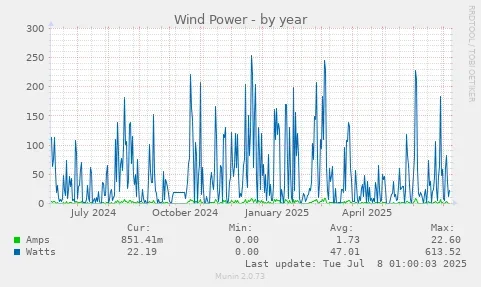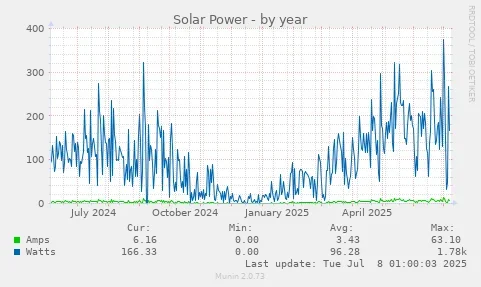I'm not so convinced there will be something viable for domestic installations. Small turbines are not efficient at low wind speeds and for many of us (maybe different in Scotland) we just don't have enough windy days.I suspect something viable will show up, but I don't think any of these are ready for mass adoption yet.
Add into the equation that turbines are mechanical devices and so many reports of domestic wind turbines only lasting 2 to 3 years before mechanical failure, coupled with increased installation costs and maintenance, I don't see it being cost effective compared to the alternative - which is solar with battery backup, of course. With solar and battery backup we have used virtually no peak electricity for 3 years now - only had a handful of winter evenings running out of battery, 2 years ago, before we increased our solar production.
Purely because solar and battery is cheaper and passive and requires less maintenance.Why -




